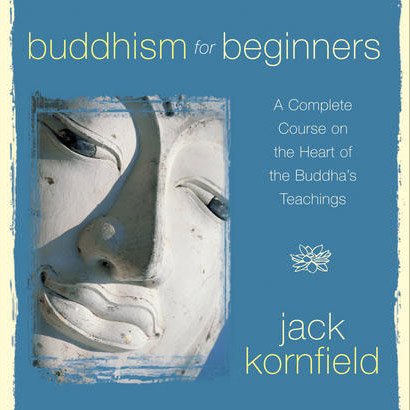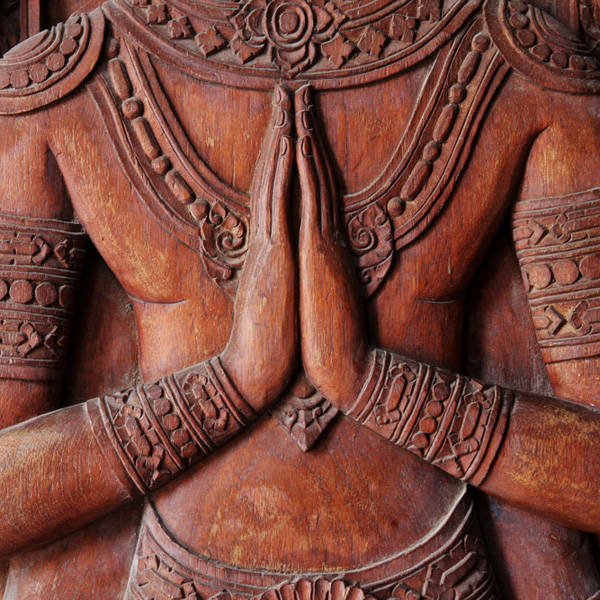We have seen how joy can come in deep meditation. Students describe trembling, tears of laughter, cool waves, ripples of ecstasy, floating joy, joy like turquoise water, bodily thrilling, grateful joy, playful, delighting joy and ecstasy of stillness. They describe joy in the body, heart and mind, joy in the beauty of the world and joy in the happiness of others.
Sometimes people mistake Buddhism for a pessimistic view of life. Certainly the Noble Truths teach about suffering and its causes and in Buddhist countries there are a few very serious, grim–duty style meditation masters. I, myself, like many other Westerners, sought them out. I was so determined to transform myself and attain some special realization that I went to the strictest monasteries and retreats, where we practiced 18 hours a day and sat unmoving in the face of enormous pain. And at these monasteries I learned many important things.
But somehow in the seriousness of my quest, I failed to notice the extraordinary buoyancy of the Buddhist cultures around me. Seeking austerity, we serious Westerners failed to notice that most Buddhist temples are a riot of colors, filled with paintings and statues and images of fantastic stories of angels, devas, bodhisattvas and Buddhas. We ignored the community life that centered around the temples, the cycles of rituals, dances, celebrations, feasts and festivals. In our ardor, we did not appreciate how many of our greatest teachers, Ajahn Chah, Maha Ghosananda, Ananda Maitreya, the 16th Karmapa, Anagarika Munindra, had marvelous, easy laughs, and an infectious sense of joy.
This excerpt is taken from the book, “The Wise Heart”




